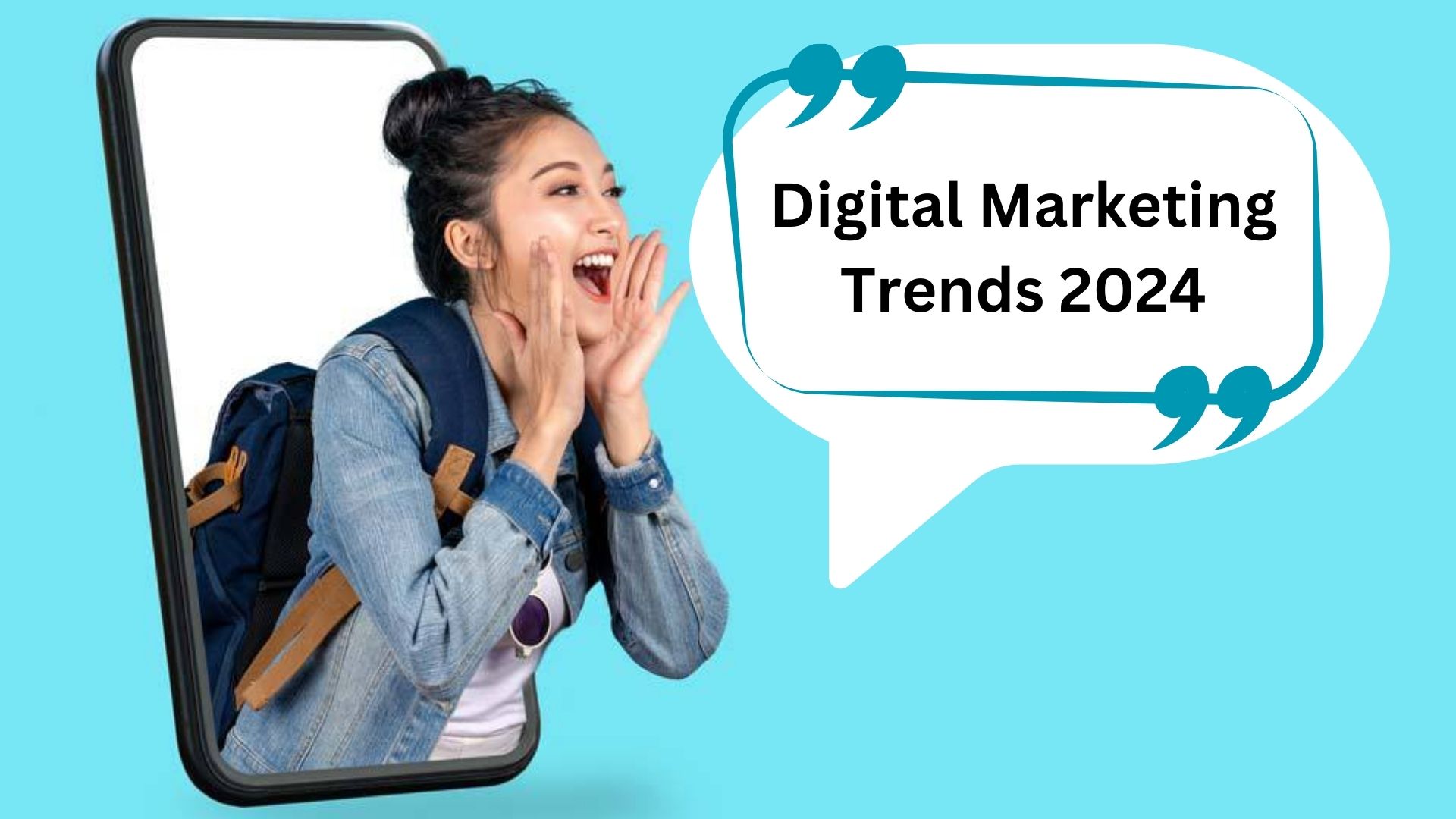The Future of Digital Marketing: Trends and Predictions for 2024 and Beyond
What is digital marketing and why is it important? Digital marketing is the use of digital channels to promote or market products or services to consumers and businesses. This includes channels such as search engines, social media, email, and websites….
Creating a Strong Brand Identity: A Synthesis of David Aaker’s Model and the Role of AI
David Aaker’s Model for Creating Brand Identity with AI David Aaker‘s model for creating brand identity is a four-perspectives framework that helps businesses to understand and manage their brand. The four perspectives are: How to use Aaker’s model to create…
The Framing Effect: Unveiling Psychological Nuances in Brand Strategy
In the ever-evolving landscape of marketing and brand strategy, understanding human psychology plays a pivotal role in crafting effective campaigns and resonating with target audiences. One psychological phenomenon that has garnered significant attention from brand strategists is the Framing Effect….
Where does digital marketing go wrong?
There are several ways that digital marketing can go wrong. Listing below my my top 11 reasons which where #DigitalMarketing can go wrong: Lack of strategy: Without a clear strategy in place; it can be difficult to measure the success…
Six data-driven SEO strategies that optimize conversion rates
Explore the elements and outcomes that make data-driven SEO strategies the star of modern marketing – lots of stats and case studies included
Google Ads Announces Top 3 Priorities for 2022
Google Ads sheds light on their top three priorities for 2022: automation, measurement, and privacy. Learn how they’re tackling these topics
Google: No SEO Bonus For Keyword-Based Domains
John Mueller says keyword-based domains are limiting and provide no SEO bonus. He then offered ideas for the best domains
Conversational insights going beyond guesswork in marketing and keywords
Conversational insights marketing platforms allow brands to utilize AI powered chatbots; to speak to consumers, Implementing conversational insights to guide clients through each stage of the buying funnel. For at least 2 decades, Google along with other search engines have…
How Search Engines View H1 Tags & Why They Still Matter
Find out how important an H1 tag is for SEO today. Here’s what headers on pages mean and how they are viewed by search engines.
AI SEO 6 Ways to Use AI to Improve Your Website
6 Ways to Use AI to Improve Your SEO. Here are six ways AI can help give you a competitive edge and scale your SEO efforts

